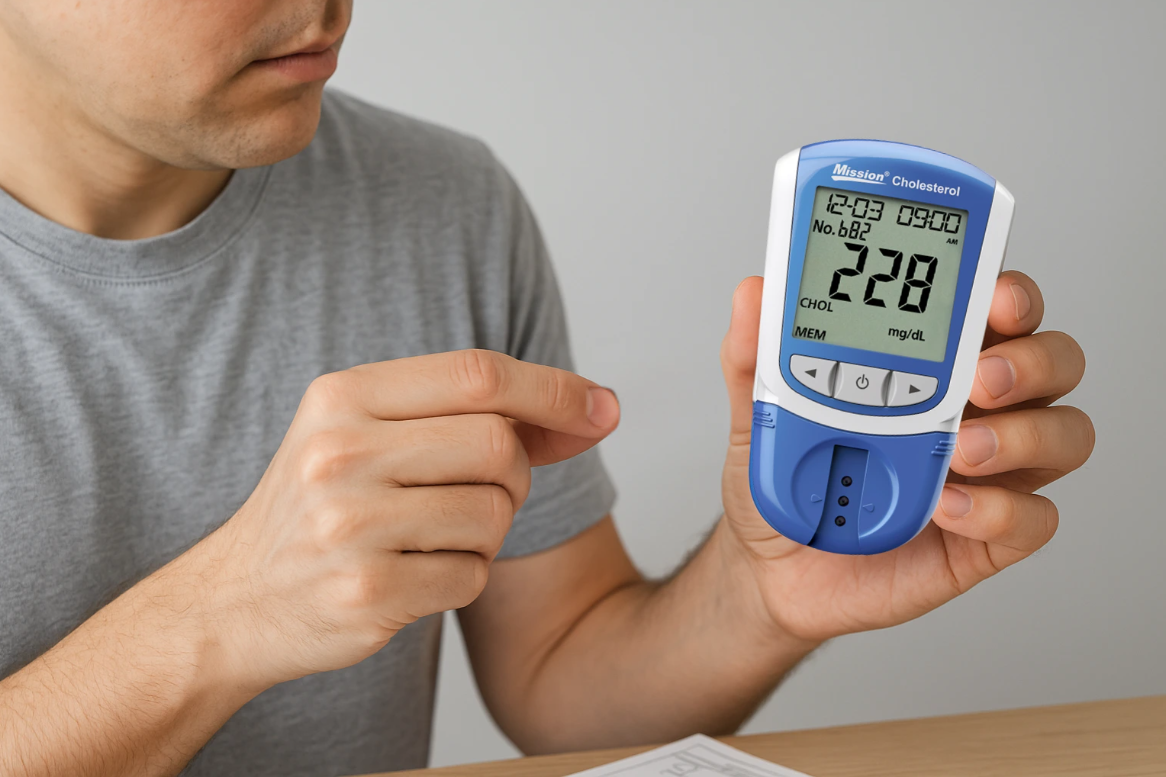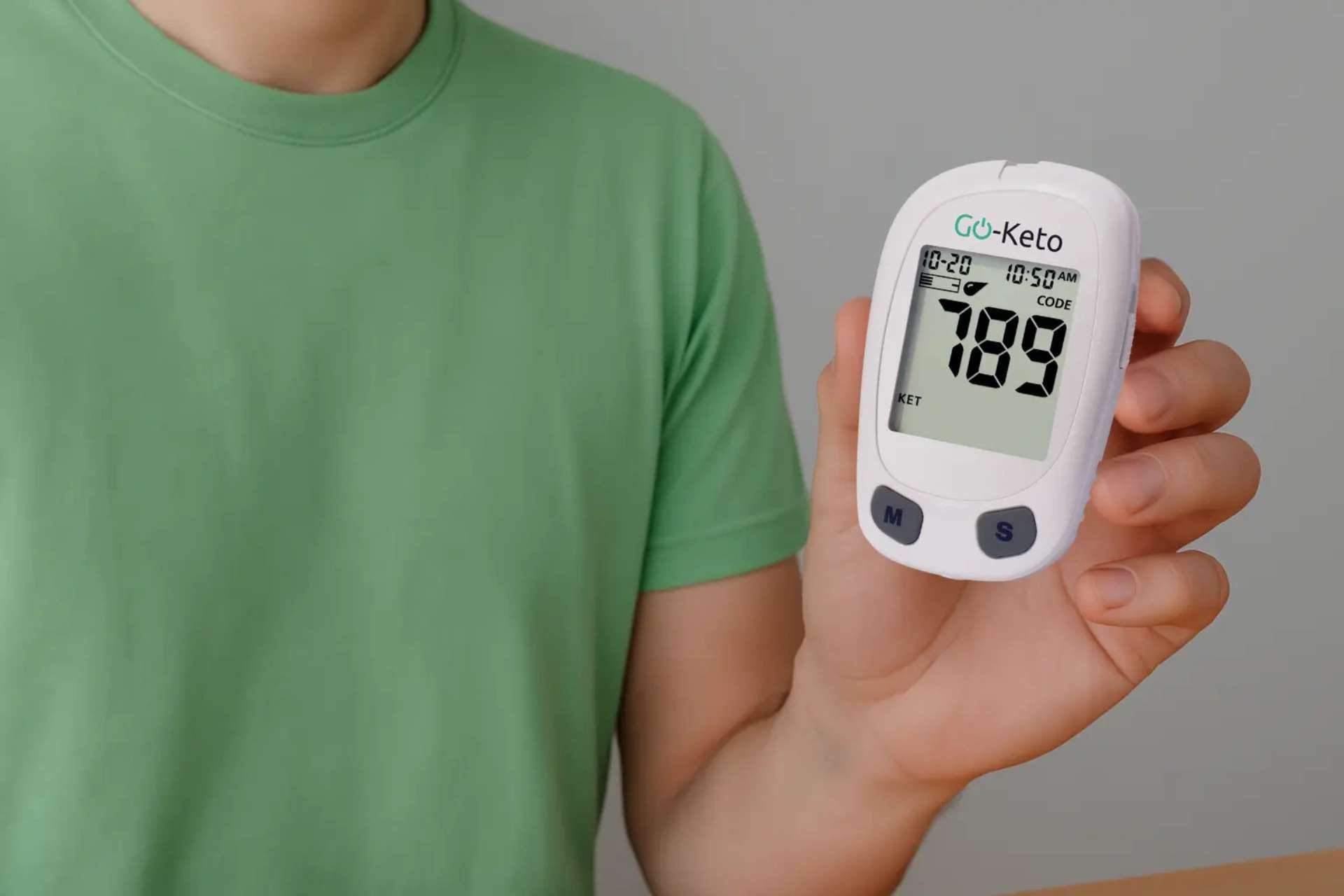Cholesterol is a type of fat (lipid) found in your blood. While your body needs it to build cells and produce hormones, too much cholesterol can increase your risk of heart disease, stroke, and other metabolic issues. That’s why it’s important to understand your test results — especially if you’re testing at home with a reliable device like the Mission 3-in-1 Cholesterol Meter.
This guide will help you interpret the numbers on your screen and understand what they mean for your heart and metabolic health.
1. Total Cholesterol (TC)
This is the overall amount of cholesterol in your blood, including both “good” (HDL) and “bad” (LDL) cholesterol, as well as triglycerides.
Your TC Level What It Means
- Below 5.0 mmol/L Desirable (normal)
- 5.0 – 6.4 mmol/L Slightly elevated
- 6.5 – 7.9 mmol/L Elevated – monitor closely
- Above 8.0 mmol/L High – consult your doctor
2. HDL Cholesterol (“Good” Cholesterol)
HDL (High-Density Lipoprotein) helps remove excess cholesterol from your blood by carrying it back to the liver. High levels of HDL protect your heart.
Your HDL Level What It Means
- > 1.0 mmol/L Acceptable
- > 1.5 mmol/L Healthy / Protective
3. LDL Cholesterol (“Bad” Cholesterol)
LDL (Low-Density Lipoprotein) carries cholesterol to your arteries, where it can build up and form plaques — increasing your risk of heart attack or stroke.
Your LDL Level What It Means
- < 4.5 mmol/L Acceptable
- < 3.0 mmol/L Ideal / Low risk
4. Cholesterol Ratio (Total Cholesterol ÷ HDL)
This number compares your total cholesterol to your HDL. It’s a useful indicator of your overall heart health.
Cholesterol Ratio What It Means
- < 4.0 Healthy
- 4.0 – 6.0 Borderline / Caution
- > 6.0 High risk
5. Triglycerides
Triglycerides are a type of fat stored in your blood. They increase after eating and can rise with a high-carb diet, alcohol, or lack of exercise.
Your Triglyceride Level What It Means
- < 2.2 mmol/L Acceptable
- < 1.7 mmol/L Ideal
When Should You Take Action?
If one or more of your values is elevated:
- Review your diet: reduce saturated fats, sugars, and processed foods.
- Increase physical activity.
- Consider Omega-3 and polyphenol supplements for heart support.
- Speak to your doctor for medical advice or further testing.
✅ Take Control of Your Heart Health
By testing regularly and understanding what your results mean, you can take action before problems arise. Whether you’re monitoring out of curiosity, for prevention, or under medical advice, knowledge is your best defense.



